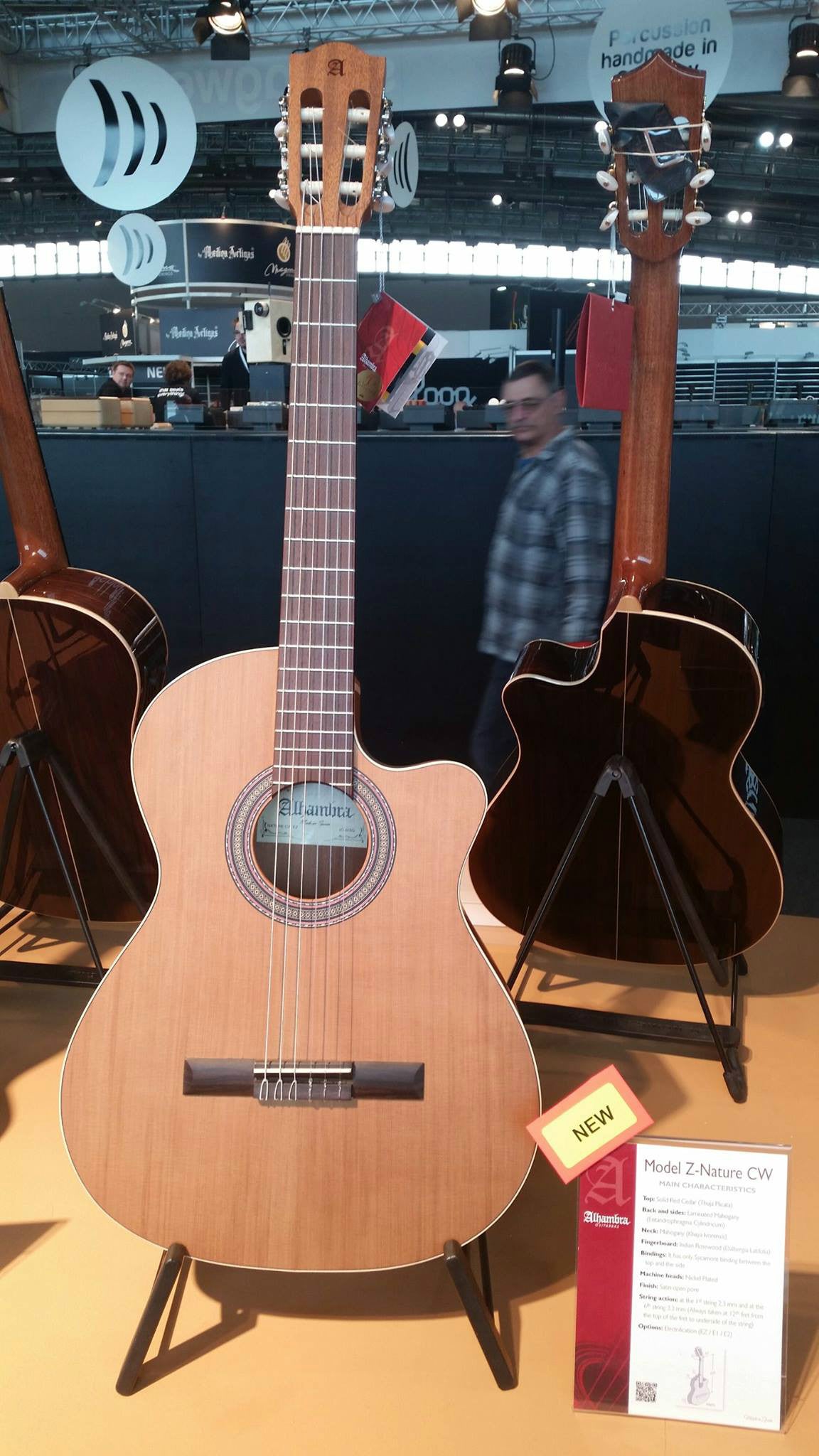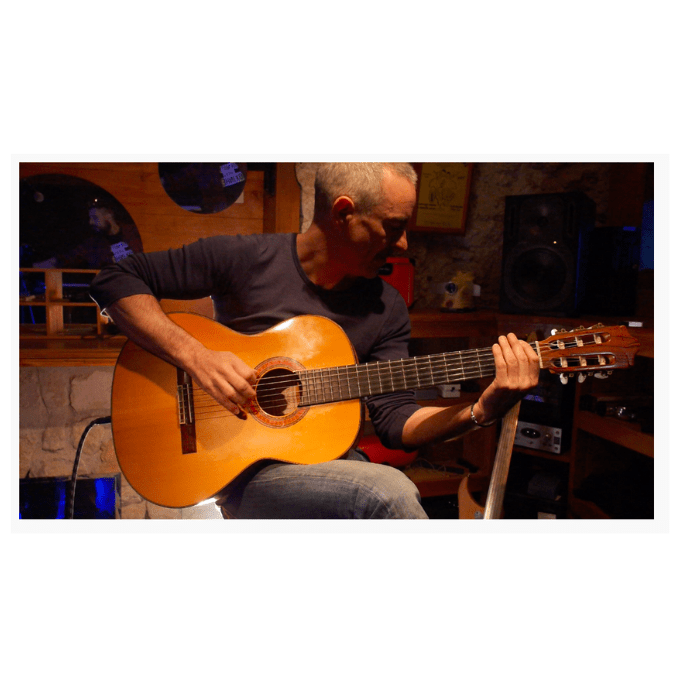
Classical and Spanish guitar styles
Thus, throughout history, zithers, psalteries, mandolins, and mandoras have been developed. As for the Spanish guitar itself, its existence dates back to the 16th century, thanks to Juan Carlos Amat's treatise entitled "Guitarra española de cinco órdenes" (Spanish Guitar of Five Orders). It is believed that the Andalusian Vicente Espinel was its creator. In this sense, the classical guitar differs from the flamenco guitar in the size of its sides, the action of the strings (lower in the flamenco guitar), the so-called "fret" or "lisp," and the type of wood used. However, they both share the same number of strings (six: three high and three low), as well as the characteristic wooden body, approximately 37 centimeters wide (seen from the front). It is precisely from this that the acoustic and electric guitars derive. The acoustic guitar was introduced to the United States by the first European immigrants and is very common in the folk genre. They tend to be longer than their more familiar counterparts, with some bodies reaching 41 centimeters wide and having up to 12 strings. The electric guitar, on the other hand, has been used since the late 1960s. It requires cables, speakers, and a 22- to 24-fret neck. Its exact attribution belongs to the jazz musician Les Paul, although it was Leo Fender who designed the first detachable one. In short, guitar music can be very varied and has never stopped evolving.












